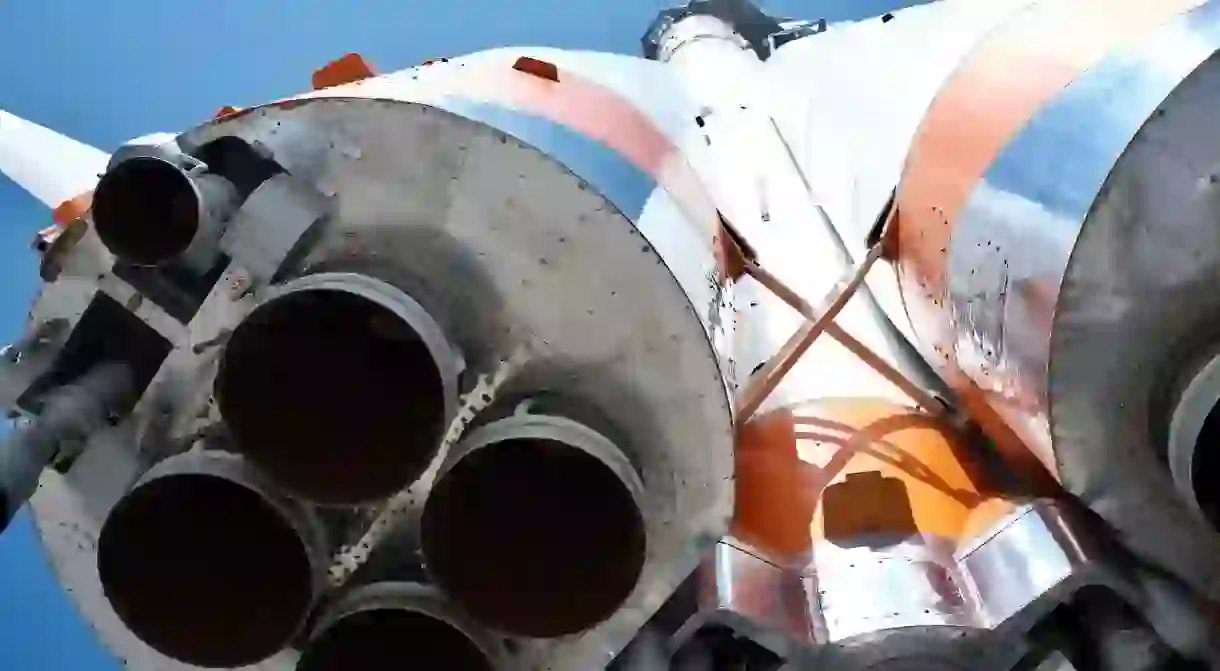Things You Should Know about Russia’s Closed Cities

Movement in and out of certain Russian cities was heavily monitored during Soviet times. Known as closed cities, restrictions and rigorous checks were placed on residents and visitors traveling through these towns (some of them now World Cup host cities). Many of them had a blanket ban on foreign visitors entering them at all. A few of these places were so covert, they didn’t even appear on maps at all. So what was with all the secrecy?
There were several reasons why the Soviet Union closed off a city or town. If a community had a military base, was major industry hub, contained an arms plant or hosted a nuclear research organisation, the government imposed restrictions. As the USSR formed after the Russian Revolution and weathered World War II and then the Cold War, the Soviet State was cautious of information leaks, and saw movement restrictions as a way to minimise risk.
Likewise, Eastern Bloc border towns throughout the Soviet Union were closed due to their closeness to the West. If a city was geographically vulnerable or on the front line, they too were also closed for security purposes.
A post shared by Evgeniy Avdeev (@avdeev__evgeniy) on Oct 31, 2017 at 11:41am PDT
In some cities, where activities were highly top secret, such as Ozersk (AKA City 40), the birthplace of Soviet nuclear weaponry, residents were cut off from the rest of the world for the first eight years after shut down. Travel outside Ozersk was not permitted, and residents were not even allowed to write letters to friends and family beyond the city limits. In exchange, the locals were offered private apartments, luxury food items, a high quality of health care and education and a slew of entertainment and cultural activities unavailable elsewhere in the Soviet Union.
And while Ozersk remains closed, the majority of these closed towns have reopened completely, and their unique histories make them fascinating travel destinations. The World Cup host cities of Yekaterinburg, Samara and Kaliningrad were all once closed. Set to put on some of the biggest festivities of the competition, these cities could not be any more welcoming at the moment.
A post shared by Егор (@errozz) on Oct 31, 2017 at 8:49am PDT
Yekaterinburg
World War II turned Yekaterinburg into a major industrial hub, paving the way for the mafia wars to come as Russia transitioned into a free market. Already home to major industry plants, more industry was transferred across from Western Russia, in particular Moscow and St. Petersburg; Yekaterinburg’s easterly location protecting it from potential war time disruption. As guardian of Russia’s industry, the State closed the city off from foreigners from 1926 until 1991. On the outskirts of the city there are graveyards, complete with extravagant, gaudy headstones, that commemorate the fallen mafioso, killed in a bloody battle to retain power over the city’s industry and trade.

Samara
Earmarked to be Russia’s new capital should Moscow fall to Germany during WWII, or the Great Patriotic War, industry was also relocated to Samara, which remained a closed city until the collapse of the USSR in 1991. An important military base during WWII, the city’s hospitals were turned into military medical bases. It went on to become a centre for missile development and weaponry manufacturing, as well as playing a key role in the Soviet Union’s space aviation endeavours. Manufactured in Samara, a real life Vostok model rocket stands outside Samara Space Museum as a tribute to the city’s role in sending the first person into space.

Kaliningrad
Historically a disputed territory, the entirety of Russia’s tiniest state Kaliningrad was a closed region until 1992. A remote westerly enclave, its geographical closeness to Europe and shared territory lines, saw the whole enclave shut off to foreigners and Russians living in the area required special travel documents to move through the countries that separated it from the rest of Russia. On top of this it was the headquarters of the Soviet Baltic fleet and the region contains the only Russian port that remains ice free throughout the year, and so the region was considered to be strategically valuable. Bordered by Lithuania, Poland and the Baltic sea, it has some of Russia’s most picturesque scenery, including the World Heritage listed Curonian Spit Nature Reserve.
Curonian Spit Nature Reserve, Russia
A post shared by Curonian Spit / Куршская коса (@spitcuronian) on Sep 24, 2016 at 10:13am PDT













